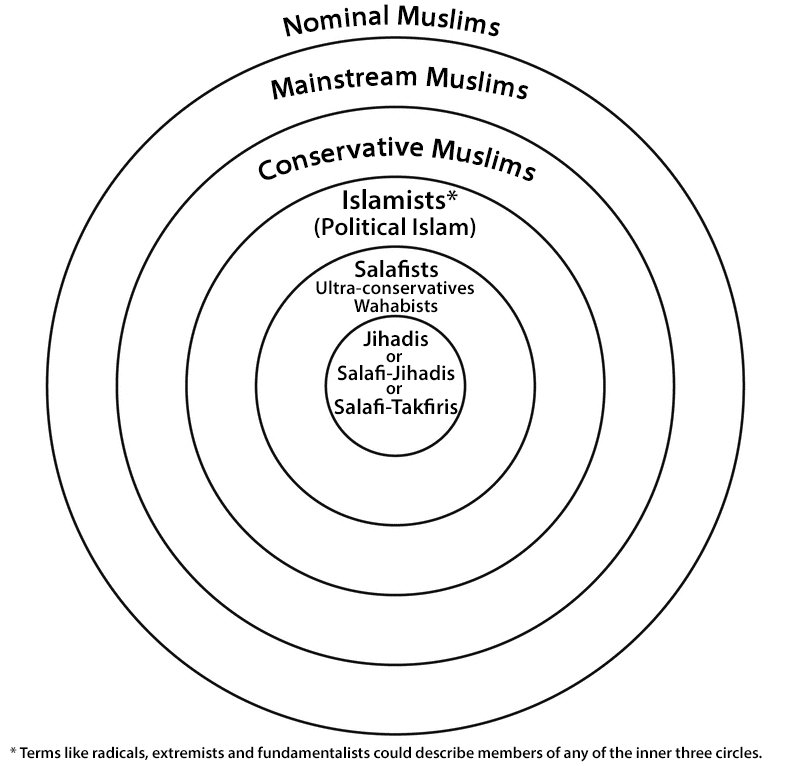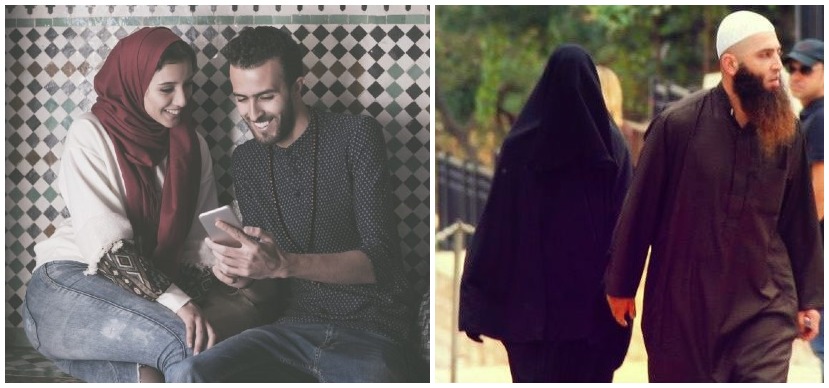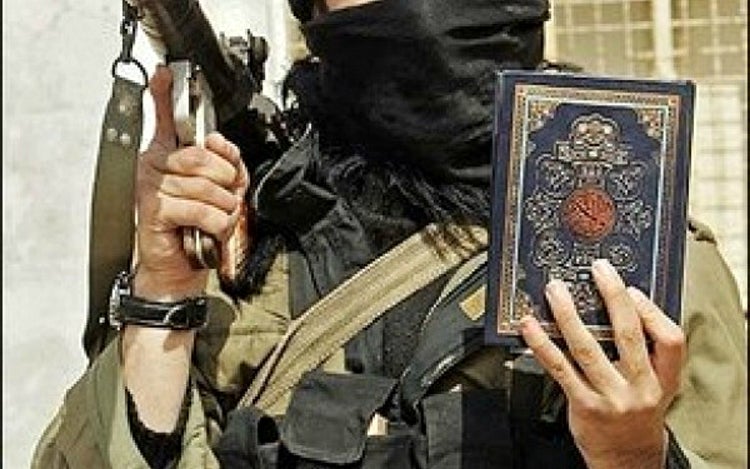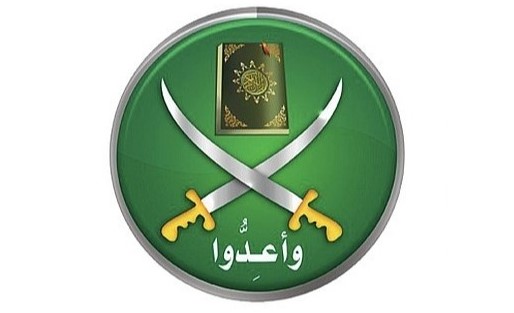SPREAD KNOWLEDGE, NOT HATE!
The purpose of this diagram is to understand the differences between the many labels used in the media regarding Islam and to demonstrate that not all Muslims hold the same views, even among conservatives.
As shown in the diagram above, there are six types of Sunni Muslims:
1. Nominal Muslims
They are secular or unobservant Muslims who do not go to mosque on a weekly basis and for whom religion is not very important. Only 22% in Kosovo go to mosque weekly, 10% in Kazakhstan, 5% in Albania and 1% in Azerbaijan. Other nations where the majority of Muslims do not practice their religion are Bosnia and Herzegovina, Kyrgyzstan, Russia and Uzbekistan.
2. Mainstream Muslims
Mainstream Muslims are those who observe the five pillars of Islam which are Sawm (fasting of Ramadan), Hajj (pilgrimage to Mecca), Zakat (alms giving), Salat (prayer) and Shahadah (profession of faith). Not all mainstream Muslims pray five times a day. However a good indicator of whether someone is actually a believer or a Muslim in name only is their fasting of Ramadan. Those who do not fast without a valid reason commit a grave sin and are requested to repent. Some Muslim clerics would not hesitate to condemn anyone who violate this command as an apostate.
Leftist/Liberal Muslims: This group is very small, however it does exist among both nominal or mainstream Muslims. They generally do not try to reconcile the conflicts that arise between their political leanings and their faith.
Controversial cultural issues: Generally most mainstream Muslims today hold conservative views on culture, but they vary based on the issue, their society and other factors. Some Muslims intentionally ignore what the clerics preach on certain issues. For example, although most Muslim women today cover their hair, a minority of them actually argue against it. As for issues such as blasphemy, homosexuality, pre-marital sex, the majority, when asked, would respond that these sins are serious and worthy of punishment. Many would stop before specifying the exact punishment or who should carry it out. In that regard, they’re ideologically close to the next group…
3. Conservative Muslims
Today the line is blurred between “mainstream” and conservative Muslims. This is due to the fact that since the 1970s, most Muslims have become to varying degrees more conservative. Before the 1970s, conservatism in Muslim societies, which were mostly rural, was of a cultural nature, rather than religious.
Generally, a conservative Muslim is someone who…
1. Is more spiritual than others and is strict on observing the pillars of Islam, particularly prayer (five times a day)
2. Considers his/her faith a “personal Jihad” (enlightenment) which does not need to become political or forced upon others
3. Holds firm views on cultural issues such as women’s hair cover, pre-marital sex and homosexuality.
As mentioned above with mainstream Muslims, conservative Muslims condemn violation of Islamic morals and might demand that their government, regardless of its political affiliation, intervene to punish the violators. Punishment is their focus without being concerned about its nature.
Sufi Muslims could be categorized as conservative Muslims, for whom religion is always spiritual, rather than political. That group in particular embrace some unorthodox worship rituals that include forms of dance and music.
4. Islamists
Islam and Islamism are not the same. “Muslims” and “Islamists” are not synonymous. Understanding the difference between both is critical to the ongoing battle of ideas. Islamism is about political order, not faith. Islamism is political Islam. The main difference that distinguishes Islamists from Muslims is that they work towards implementing Sharia law upon society, including its non-political Muslims, and even its non-Muslim minorities. The goal of their activism and political campaigns is to uproot the current governments and install Islamic states. Their ultimate vision is a transnational Islamic Caliphate, where all Islamic states would unite and submit to the leadership of a divinely-guided man, titled the Caliph, who would be a successor to the prophet of Islam.
What differentiates Islamists from the next two groups is that they abstain from clarifying whether the Sharia would be implemented in entirety or partially? Would the most brutal punishments (stoning and amputations) be carried out on criminals publicly? They generally keep the details vague and contradictory to appeal to the largest segment of the public. A standard response is that they advocate a gradual implementation of the Sharia, and that society might not be ready just yet. They even advocate democratic change in government, unlike more extreme factions like the Salafis. (Democratic Islamism has been dealt several blows since the Arab Spring.) This group, along with the next two (the Salafis and the much-feared Salafi-Jihadis) could be described with labels like fundamentalists, radicals and extremists.
Some Islamists and particularly Salafis and Salafi-Jihadis endorse a controversial concept called Takfir, that is declaring certain Muslims as apostates. Islamists often use it against those who oppose their vision and the establishment of Islamic law.
This is a 20th-century phenomenon that has spread globally. Political Islam exists today as in Ennahda Movement (Tunisia), Jamaat-e-Islami (Pakistan), Justice and Development Party (Turkey) and most importantly, the Muslim Brotherhood in Egypt and around the Middle East.
5. Salafi or Wahabi Muslims (Ultra-conservatives)
The main difference between the Salafis (or Salafists) and other Islamists is that, once in power, they promise to implement the Sharia, in its strictest form, immediately. That includes everything from bans on music, dance and cinema, to stoning adulterers, killing apostates and throwing gays from the top of high buildings.
The Salafi movement was originally not political. It had its roots in the Wahabi movement of the 18th century which was started by the preacher Muhammad ibn Abd al-Wahhab (1703–1792). He called on Muslims to return to the “purity” of their faith. For example, western clothes and music were considered “a contamination.” He lived in the region of Najd, which would become a major part of Saudi Arabia in modern times. The Wahabi followers lived on into the 20th century and struck an agreement with Muhammad bin Saud to leave politics to him and his family, while they would continue to preach freely. Two pillars that keep Saudi Arabia upright to this day: politics in the hands of the Saudi family, and religion with the Wahabi/Salafi preachers. The future of this alliance is increasingly shaky due to the Salafi movement becoming politically active in its home country and worldwide since the 1970s. (Saudi oppression and other factors should not be discounted.) Two reasons could be behind their transformation from “puritans” to “extreme right-wing politicians”: The “failure” of less extreme Islamists to dethrone governments in the Middle East and their self-criticism that they should take a more active role in society, following the example of the prophet and his companions, rather than exclusively “propagate a message” as they had always done.
6. Jihadi, Salafi-Jihadi or Salafi-Takfiri Muslims
The Salafi-Jihadi (or more commonly, the Jihadi) is one who believes in the immediate enforcement of Sharia law by any means possible including jihad, i.e. violence (in this context). They’re the most visible in the media due to their campaign of “terror” against those who oppose their vision through methods that include assassinations, suicide bombings and hostage-taking. Like other Islamists, they declare their opponents, even if they were Muslim, as apostates, citing verses of Takfir (apostasy) hence they’re sometimes called Salafi-Takfiris. In fact, the majority of their victims around the world are fellow Muslims.
In 1988, there were 3 Salafi-Jihadi groups: Al-Qaeda (Pakistan), Osbat al-Ansar (Lebanon) and Islamic Jihad (Egypt). Today, there is around 45 groups in operation including the Islamic State (ISIS) of Syria. According to a recent study, there is “as many as 230,000 Salafi jihadist fighters in nearly 70 countries,” with the largest numbers in Syria, Afghanistan, Pakistan, Iraq, Nigeria and Somalia.
You might also like:
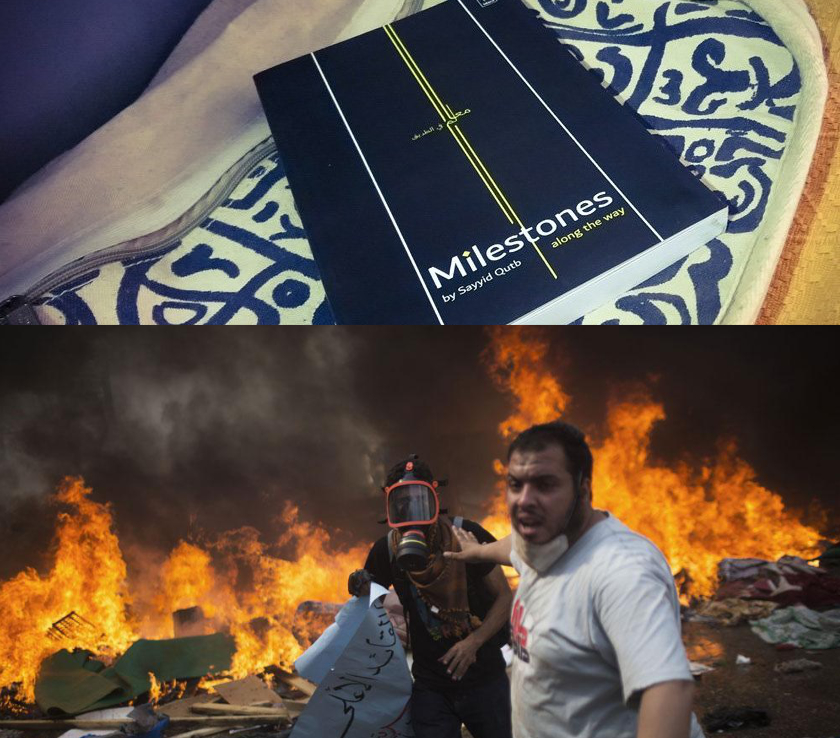
Milestones: The jihadi manifesto in 10 photos
Photos show how a 1964 text laid the foundations of Islamic terrorism
BOOK: MILESTONES

The jihadi manifesto: Sayyid Qutb’s Milestones
Summary and excerpts from the radical text that inspired terror attacks over the last 40 years
BOOK: MILESTONES

